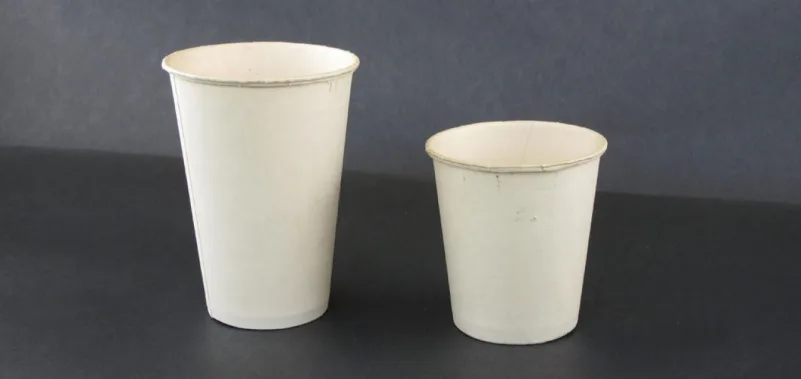While walking through a grocery store on your routine shopping trip, you make your way through the refrigerated meat aisle. You glance at all the beef, pork, and chicken on the shelves, trying to find the freshest food while pushing less-than-appetizing products aside. You reach for a steak, but you see that the meat is a little too marbled for your liking. You pick up a leaner steak instead, place it in your shopping cart, and head to the checkout lane. Once you arrive back at your kitchen, you un-wrap your freshly purchased food, toss the crinkly, see-through film in the trash, and go about your business cooking a delicious meal. Throughout this entire process, the odds are fairly high that you never took real notice of the packaging in which your food was wrapped. Goods wrapped in this shiny, thin film are everywhere, but the film itself is hardly given the time of day. What many people do not stop to ponder are the social and economic changes brought about by the forefather of transparent packages, commonly known as cellophane.

Housewife wrapping produce from Victory Gardens, ca. WWII (Series VII, Box 7, Folder 5 ‘Uses of Cellophane’, DuPont Company Product Information photographs (Accession 1972.341), Audiovisual Collections and Digital Initiatives Department, Hagley Museum and Library, Wilmington, DE 19807).
Before the 20th century, waxed paper, barrels, and boxes ruled the realm of food packaging materials. These packages enabled food producers and grocers to efficiently transport, store, and handle dry groceries, and they were seen as nothing more than containers used for shipment and handling of these goods. By the early 20th century, however, the world of packaging and consumer goods changed through the introduction of cellophane to American manufacturing plants and retail stores.

Ad for cellophane-wrapped cigars, 1931 (Series I, Box 43, Folder 11, ‘Advertising tearsheets – 1931-1932’, E.I. du Pont de Nemours & Company Advertising Department records (Accession 1803), Manuscripts and Archives Department, Hagley Museum and Library, Wilmington, DE 19807).
Businesses could now display their products out in the open by wrapping them in this transparent and flexible film, and consumers could see what they wanted to buy. Packaging materials transformed into something more than just a vehicle for the goods contained within them; consumer goods could now market themselves by appealing to the average set of eyes through dazzling colors and a “sparkle” that signified quality. Cellophane made the convenience and cleanliness of self-service supermarkets possible, forever changing the American consumer landscape. The story of cellophane is truly an important component within the history of American culture and consumerism. The story of its rise in popularity among businesses and ordinary shoppers makes clear the sizable role cellophane played in the establishment of new consumer identities and values, and new marketing practices molded around cellophane led to greater social acceptance of a chemically-enhanced world.
Click here to begin your chemically-enhanced journey at Part I. A Not-So-Squeaky-Clean Start in America⇒

